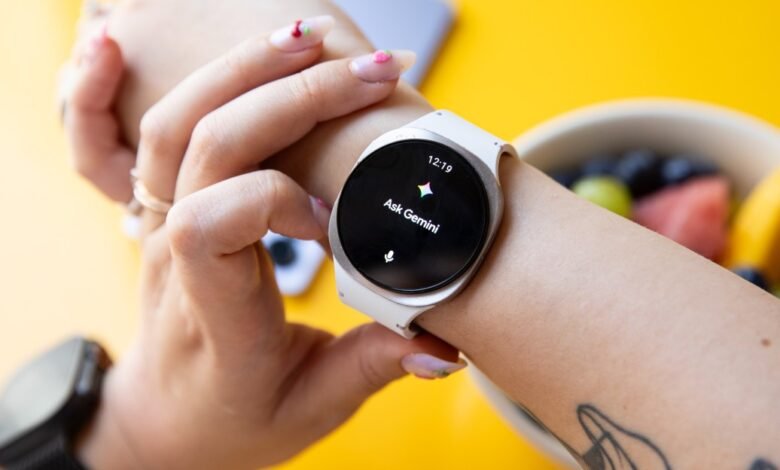Mastering AI Wearables: A New Learning Curve

▼ Summary
– Gemini AI is now available on smartwatches like the Samsung Galaxy Watch 8 and Pixel Watch, marking a shift from phones to wearable devices.
– The author struggles to adapt to Gemini on the wrist, finding it less intuitive than Google Assistant due to unfamiliarity and unpredictable responses.
– Gemini offers advanced features like context-aware reminders and personalized suggestions but requires users to train it with personal preferences over time.
– The unpredictability of generative AI leads to inconsistent results, such as failed attempts to set weather-based reminders, frustrating users.
– For widespread adoption, Gemini on smartwatches needs clear use cases and intuitive design to justify changing user habits away from phones.
The integration of AI into wearable technology marks a significant shift in how we interact with smart devices. With Gemini now available on smartwatches like the Samsung Galaxy Watch 8 and Pixel Watch, the promise of hands-free, AI-powered convenience is closer than ever. Yet, despite the potential, adapting to this new way of interacting with technology presents a steep learning curve for many users.
For years, smartphones have been the default tool for quick queries, reminders, and tasks. Voice assistants like Google Assistant became second nature, users know exactly what commands to use and what to expect. But Gemini introduces a different dynamic. It’s not just about issuing commands; it’s about engaging in more natural, contextual conversations with AI. The challenge? Rewiring years of ingrained habits to make the most of this new capability.
During testing, even simple tasks like setting reminders or creating playlists revealed gaps in user experience. Asking Gemini to “start a run for the number of calories in a pizza slice” led to confusion when the system misinterpreted the request, targeting an unrealistic 1,080-calorie burn. Similarly, requesting coffee shop recommendations sometimes yielded results miles away from the user’s location. These hiccups highlight the growing pains of transitioning from rigid voice commands to more fluid, generative AI interactions.
The real power of Gemini lies in its ability to learn user preferences over time. Product managers emphasize its role as a “second brain,” capable of recalling personal details, like a dislike for suede shoes in the rain, to provide tailored suggestions. Instead of manually dictating messages, users can now say, “Tell my spouse I’m 15 minutes late in a jokey tone,” and let Gemini craft the response. But this level of personalization requires upfront effort, training the AI to understand individual habits and needs.
Despite its potential, generative AI’s unpredictability remains a hurdle. Unlike traditional assistants with fixed responses, Gemini’s open-ended nature means results can vary. Asking for a rain reminder might work, unless the system interprets the weather data differently than expected. Additionally, users must decide when to use their watch versus their phone, adding another layer of decision-making to an already complex interaction model.
For early adopters and tech enthusiasts, the trial-and-error process is part of the appeal. But for the average consumer, intuitive design and clear guidance are crucial. Simply introducing a powerful tool isn’t enough, users need practical examples, structured prompts, and reassurance that the effort to adapt will pay off. Without these, many may revert to familiar routines, leaving AI wearables underutilized.
The future of AI on the wrist is promising, but its success hinges on bridging the gap between capability and usability. Until then, mastering Gemini will remain a work in progress, one that demands patience, experimentation, and a willingness to rethink how we engage with technology.
(Source: The Verge)






